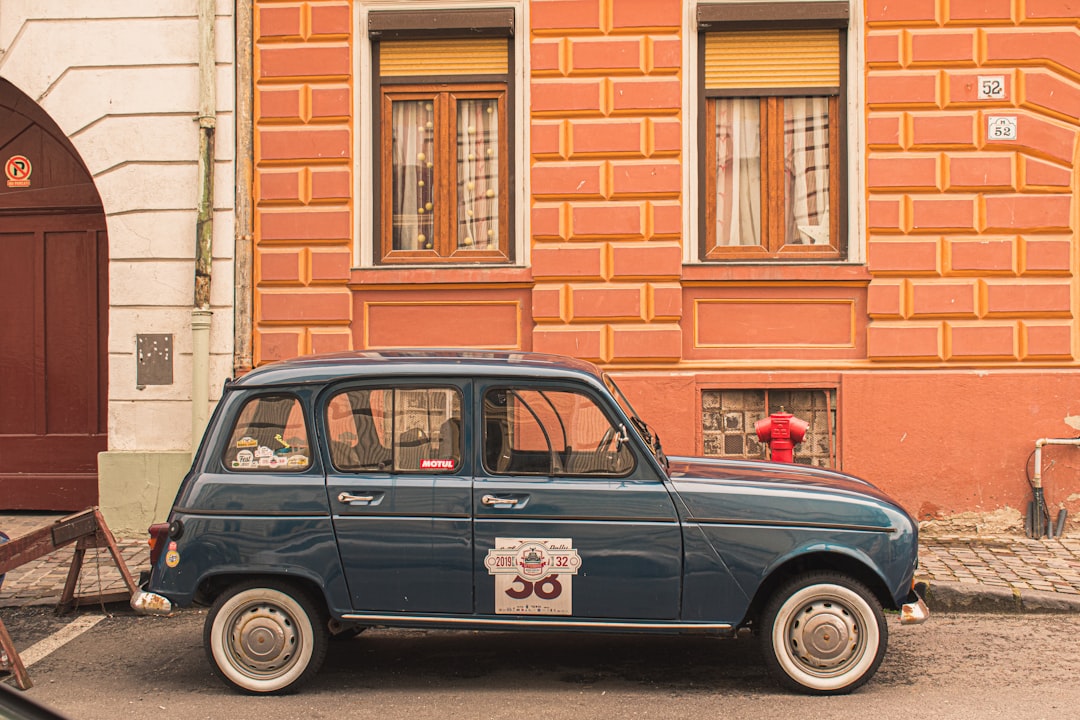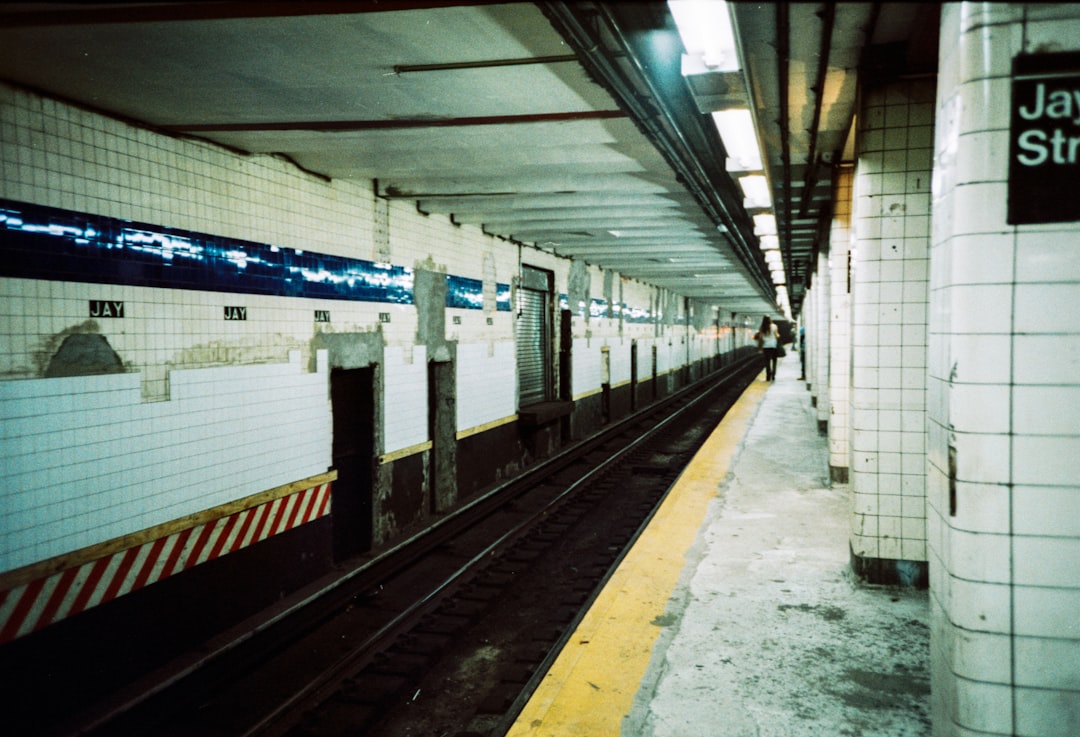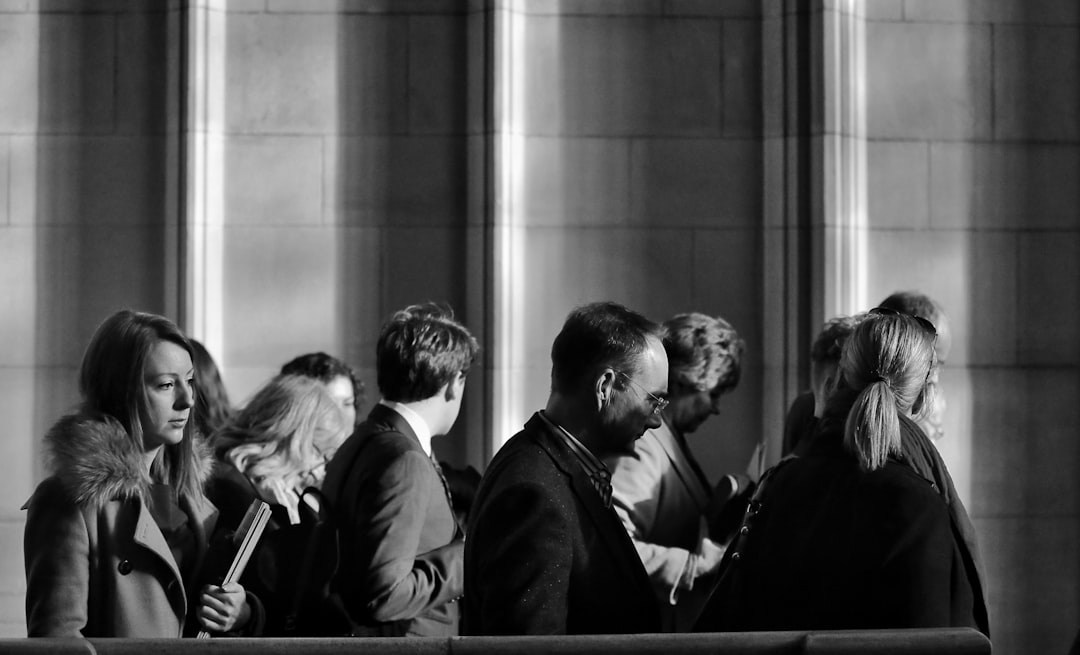
To shoot an interesting street photograph there are many factors that need to be considered. It is not only the composition, lighting and atmosphere that matters but also the time of day, the weather, and other people. If your aim is to capture a candid street shot, remember that you don’t have to be present when your subject takes their photo, although you could ask them if you can take their picture. When taking photographs in public places it can be easy to feel intimidated by the crowds and the atmosphere of the place. Instead, focus on taking photographs that will make you feel relaxed and comfortable with the experience. Use your camera’s settings to control the composition, lighting and exposure. Don’t worry about whether you like what you see, but aim to take a few good shots. Always carry a camera with you, and use the street as a backdrop for your images, rather than making it the subject.
Table of Contents
Be aware of where you are.
A good place to start is to know where you are and what’s around you. It is best to stay close to home and to work in an area you are familiar with. Take time to explore your destination so that you have some ideas before going there. This will help you to decide what kind of photos you want to capture.
Choose a location.
A good starting point is to choose a location that you know and feel comfortable in. You may not want to be too far away from home, or too close, depending on the circumstances. The best place to capture candid street scenes will be on the main road or close to a busy area. If you are shooting at night, try to find a spot where there are lots of people about, especially people that you know. These could include tourists, shopkeepers, buskers, or members of the public. A busy area, with people moving about, can make for interesting photography.
Look for subjects.
Try to find subjects that are different from the ones around you. You might try looking for a particular face, or a unique group of people, such as teenagers hanging out in an empty café, or two friends dressed in costume and playing together in a park. Alternatively, look at what is going on. Take a few photos and see if any unusual events happen. For example, you may find it interesting to photograph a wedding procession, or a car accident, or a large family gathering.
Keep your camera steady.
A good rule of thumb is to keep your camera steady when you are taking photographs. Steady means holding the camera still, with your elbows by your sides and your hands resting on the sides of the camera body. The best time to use this rule is when you are taking a picture. When you are walking or standing still, you can hold your camera with your elbows by your sides and your hands resting on the sides of the camera body. But be careful not to use this method when you are taking a picture, because holding the camera in a different way can alter the image. If you have to walk very quickly while taking a photo, use the “Shutter Priority” mode to control the shutter speed. This mode allows you to set the correct exposure for the light conditions. For example, if the light is strong, then open up the aperture. If the light is weak, close it down. By adjusting these settings you will get a good exposure and good quality photograph.
Avoid direct sunlight.
Flash can make your subject look like they are in a studio, so try to avoid using it unless there is no other choice. If you have to use flash, use a diffused setting. It may also be a good idea to consider using an ND (neutral density) filter to help control the light entering the lens. These filters reduce the amount of light that reaches the sensor, by reducing the brightness of the image. However, if you use an ND filter, make sure you remove it when you take your picture. Otherwise, you may find that your image is too dark.
Use good lighting.
You can use natural lighting for some images, but remember that if you have a lot of shadows on your subjects they will look unnatural. Instead, use flash whenever possible. It is best to use a flash with a diffuser in front of it to soften the light. If the flash is powerful, you can use it from behind your subject, so that the main light is soft. If your camera has an option, choose TTL mode so that your flash and ambient light levels are consistent.
Photography Lighting – Learn the Basics of Lighting in No Time
Be aware of your background.
A street scene can be very busy, especially at weekends and during holidays. Make sure you have enough room around you, so you don’t end up with a photo of just yourself in the foreground.
Get closer.
In some cases, you may need to get close to your subject to capture an interesting photograph. However, this is not always the case. For example, if your subject is posing for a picture or holding a sign, you may need to get closer than if they were standing still. It is better to leave your subject alone if they don’t want to be photographed.
Use natural settings.
If you are taking a photo in a place where there is no natural light, you can try using a flash to light up your subjects. The best way to do this is to use a flash that has an “H” (high-speed) setting, or flash that uses a reflector. Try to avoid taking photos of people under artificial light. Instead, you can use the “ambient light” setting on your camera, which allows you to take photographs of subjects with natural light. This will enable you to create images that are more natural.
Composition Tips for Street Photography
Rule of Thirds
In my view, the ‘rule of thirds’ is one of the most powerful tools you can use to make your images more interesting. In fact, it is one of the main reasons I took up photography. It is a technique that makes your images look like a piece of art. It also works well for creating great portraits.
To make it work for street photography, you need to find a position and position yourself so you have the maximum amount of space around you. Most street photographers use a tripod or monopod to do this. But you can use a camera bag or any other small object that you can rest your camera on. If you are using a tripod or monopod, you can get as close as possible.
The rule of thirds is achieved by placing your subject in a triangle created by two lines – one vertical and the other horizontal. The vertical line divides the frame into thirds. The horizontal line divides the frame into thirds.
For example, the horizon is located at one of the points of intersection between the vertical and horizontal lines. The tree is in the middle third, with the house in the top third and the sky at the bottom.
Another example:
I use a tripod, but the horizon is placed in the middle of the frame, not at one of the points of intersection.
If you use the rule of thirds, your image will look more interesting because you will have more empty space on either side of your subject.
I use the rule of thirds to ensure that I always have enough space around my subjects.
rule
Rule of Thirds: Photographic Composition Guidelines
Negative Space
Negative space in street photography is just like in real life, there are places in which to place the subjects. When you are photographing people, their faces are usually at the center of the frame, but we also want to include the rest of the scene. To do this, we want to put something else in the frame as a visual distraction. In addition, we want something close enough to be a subject of interest. It can be a window, a building, or a tree. These objects will add depth to your images and make the subjects more interesting.
Depth of Field
Depth of field is a term that refers to the range of subject in focus in front of the camera. As a photographer, you need to be able to control it. This is important for street photographers because they often take pictures of people on the street. It is very difficult to make everyone in the picture look sharp, and yet not make the background go completely out of focus.
Leading Lines
Leading lines are the main focus of a photograph. They direct the viewer’s eyes to the key elements and most important elements in a picture. There are many types of leading lines, such as horizon lines, parallel lines, vertical lines, and diagonal lines.
Many of us know how to use captions to draw readers into our images. But we can also use leading lines to guide them. A line is a path. When a person is on a path, they follow it. That is what the leading lines do for street photography. They are paths that lead readers into the scene and keep them there. A leading line is a way to guide the eye. It tells you where you should be looking.
Leading Lines: Tips and Tricks to Capture Your Audience’s Attention
Texture and Pattern
A lot of people know about the importance of high resolution, sharpness, exposure, and ISO. They think that is what makes the difference in street photography. But it is not just those things. In my opinion, the most important factor for street photographers is texture and pattern. A good street photographer uses those things to draw attention and make his pictures interesting.
Tips for Using Patterns in Photography
Perspective
My perspective is very close, so I tend to use wide-angle lenses. On street photography, I usually try to use a wide-angle lens. Wide-angle lenses are perfect for capturing fast action, but they also work well for street photography. It’s a great way to capture moving subjects and the environment around them.
Colors

The street is a unique place, full of emotions and colors. But it’s also a challenging environment to shoot in. Not only can it be difficult to find the perfect angle or lighting, but there are plenty of people who have their own rules.
Street Photography is about capturing people in the most natural setting possible. It is about the unexpected. It is about the moment when a man steps out of a lift, or a woman crosses the road. It is about capturing that fleeting moment.
Colors can help you to tell your story. When your picture is just black and white, it looks a little bit like a still.
Colors are more than just a way of presenting information. It is a powerful tool for visual storytelling. It helps you capture the audience’s attention. It tells the story of what you’re trying to achieve.
Colors can be an effective and powerful tool for telling your story. It engages readers and makes them take action.
How to Use Complementary Colors for Better Photography
How to Use Color Contrast Orange and Blue for Better Photography
Black and White
It is a common belief among photographers that color photographs are more appealing than black and white ones. But it’s not always true. I prefer black and white photos because I like the clarity they have. Black and white is like a mirror. It shows you what really exists in the world. It gives you a feeling of calmness and solitude. A photograph of a landscape in color can be very emotional, but I feel the emotion of the scene more clearly when I am looking at a photograph in black and white.
There are many benefits to shooting in black and white. Not only does it make the images look more classic and timeless, it also gives you more room to play with color in post-production.
The Beautiful World of Black and White Photography
Conclusion
For street photography, composition is everything. The street is full of distractions, so your images need to stand out. Your subject will be the first thing they see, and what you do next matters.
If you look at a city through a camera, it should look like a city. You have to put yourself in their shoes. If they are looking down on you, how can you make them notice you?
When you photograph people, make sure you make eye contact. I’ve been shooting for many years, and I’ve learned that people are always more engaged when they are looking at you.
You don’t need a fancy camera to get great shots. If you want to learn the basics, check out our other posts:
Street Photography Laws (Know Your Rights)
The Most Famous Street Photographers You Should Know



